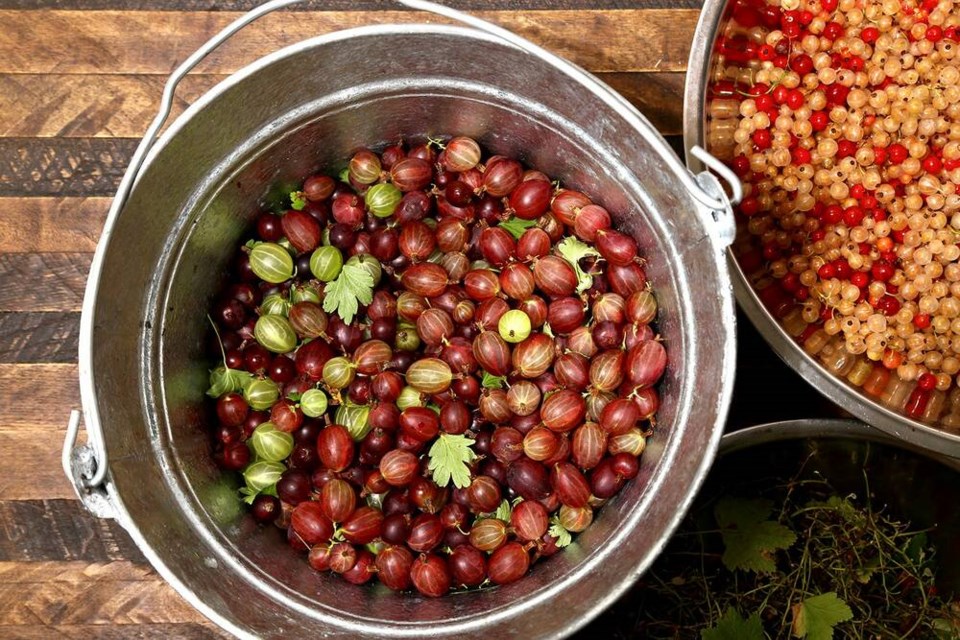A handful of berries each day has eclipsed apples, for those wishing to improve their lifespan.
According to leading longevity and functional medicine specialist and author Dr. Mark Hyman, berries rank high on the list of daily prescriptives, for himself and for his patients. A growing body of evidence supports his belief that food is medicine, and that adopting just a few daily food and lifestyle habits could significantly improve our ‘healthspan’ alongside our lifespan.
On the food front, berries, olive oil, cruciferous vegetables, nuts and green tea are among his non-negotiables.
Berries contain impressive quantities of antioxidants and phytochemicals, which Hyman says open longevity pathways, keep our guts healthy, fight inflammation and reduce our risk of developing or exacerbating chronic disease.
Organic berries, grown in healthy, chemical-free soil, contain the most nutrients and should be free of harmful pesticides and fungicides. Fresh-frozen berries are very near as beneficial as fresh-picked, which is good to know during high berry season when prices for local berries are lower than imported. I make a point of stocking our freezer annually, with local, regeneratively grown blueberries and haskap berries for use in protein smoothies.
So-called specialty berries like currants, gooseberries, jostaberries, native beach strawberries and native evergreen huckleberries are harder to find during very short seasons, so we grow our own in a small berry patch – savouring the joy of harvesting and freezing every few days throughout the summer.
Picking berries just before full ripeness so the bears don’t come calling, has become a morning ritual. Our little dog Dave accompanies me, harvesting his fair share of strawberries as we go. He has learned the hard way, to avoid the gooseberry and jostaberry bushes with their piercingly spiky stalks.
Spending early morning time in the garden while enjoying a steaming cup of green tea and listening to birdsong and bees, is a privilege in itself, notwithstanding the fact that it ticks three other longevity boxes as well.
Getting outside early each day, rain or shine, resets our internal circadian clock, which helps us sleep better at night. Moving meditations like the rhythmic picking of fruit help regulate our body systems and reduce stress, and provide full range of motion exercise that maintains balance and core strength. Green tea contains antioxidant-effect catechins which support brain health and reduce inflammation.
Gardening – organic food gardening in particular – is good for our bodies, minds and souls. The deeper I dive into all things permaculture, the more value I attach to time spent growing, preserving, preparing and sharing food as medicine.
Berries show up every day in our kitchen: at breakfast in protein smoothies, chia pudding, buckwheat porridge, and fresh alongside frittata. Dried barberries and black mulberries add polyphenol punch to our nut-based trail mix. We enjoy sugarless jams and jellies made from tart fruits sweetened with honey, and use gooseberries and jostaberries as a base for much-loved Thai and Moroccan spiced chutneys.
Firm, low-sugar berries like currants provide both texture and acid in savoury sauces and gravies for meat and fish. Add a handful of fresh (or half as much dried), tart, nutrient-dense berries to sauces before reducing to allow the berries to rehydrate under heat and optimize viscosity without adding processed starches like flour, which can spike glucose levels.
Whenever I am tempted to grumble about the commitment of sourcing and growing berries or food in general, I count my blessings. I remind myself that I can pay now in time and effort, or I can pay later in poor health and lower quality of life.
Food for thought.
Laura Marie Neubert is a West Vancouver-based urban permaculture designer. Follow her on Instagram , learn more about permaculture by visiting her website or email your questions to her here.
For a taste of permaculture, watch the video below:

